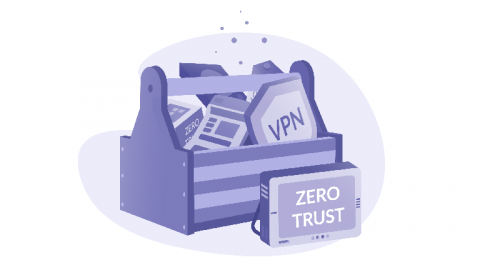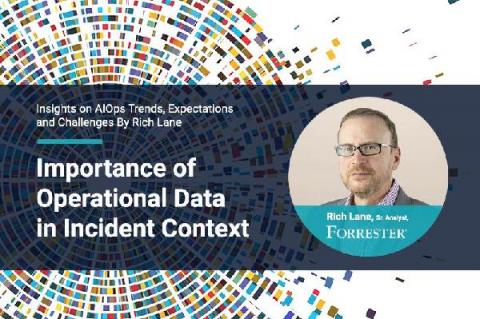The Email Laundry End of Life?...
June 1st 2020: Fireeye end of life The Email Laundry email security service. This comes as a surprise to many as Fireeye acquired The Email Laundry back in 2017 and seemingly had plans to greatly expand the service. The Email Laundry serviced MSPs and small organizations whereas Fireeye had a conserted desire and history servicing Enteprise businesses. This may be why Fireeye decided to exit the SME Email Security service market.











